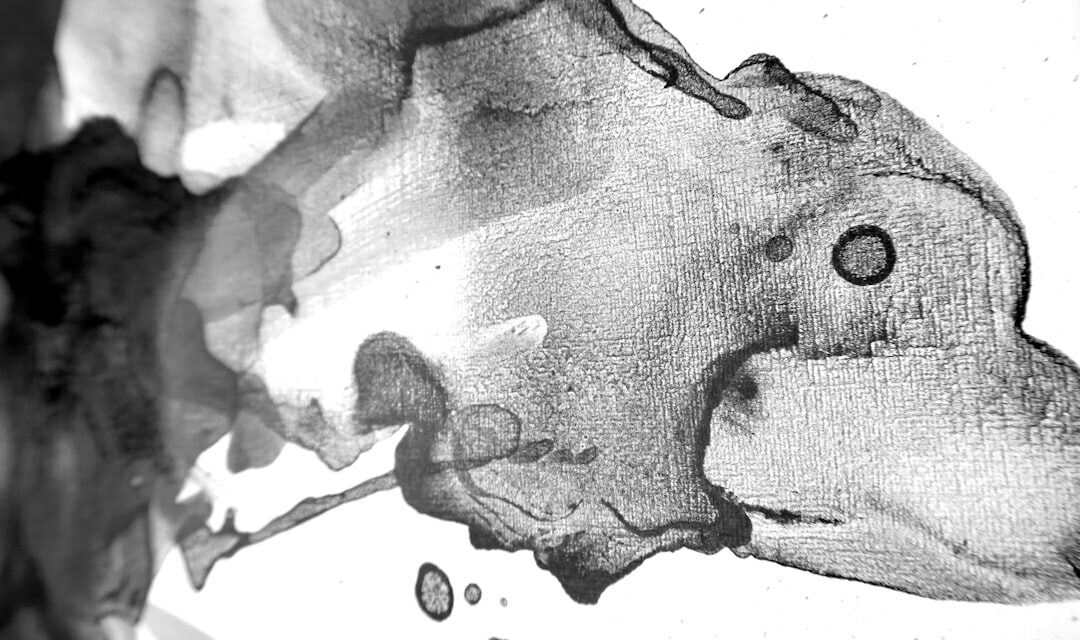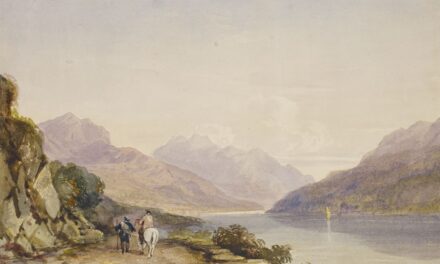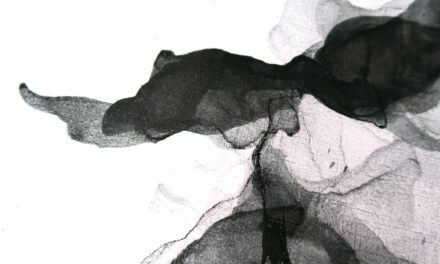Gongbi, a meticulous and highly detailed painting technique, traces its origins back to the Tang dynasty (618-907 AD), a period renowned for its cultural flourishing and artistic innovation. During this era, the technique was primarily employed to create intricate depictions of figures, flowers, and animals, often serving religious or ceremonial purposes. The term “Gongbi” itself translates to “meticulous” or “fine brush,” aptly describing the precision required in its execution.
The Tang dynasty’s emphasis on realism and detail laid the groundwork for Gongbi’s development, as artists sought to capture the essence of their subjects with unparalleled accuracy. As the centuries progressed, Gongbi evolved through various dynasties, notably during the Song (960-1279 AD) and Ming (1368-1644 AD) periods. The Song dynasty saw a shift towards more expressive and emotive representations, while the Ming dynasty further refined the technique, leading to a golden age of Gongbi painting.
Artists began to experiment with different themes and styles, incorporating elements of nature and daily life into their works. This evolution not only showcased the technical prowess of artists but also reflected the changing cultural landscape of China. Today, Gongbi remains a cherished art form, celebrated for its intricate beauty and historical significance, continuing to inspire both traditional and contemporary artists alike.
The creation of Gongbi paintings necessitates a specific set of materials and tools that contribute to the technique’s distinctive aesthetic. Central to this practice are fine brushes, which are crafted from animal hair—often weasel or goat—allowing for exceptional control and precision. These brushes come in various sizes, enabling artists to execute both delicate lines and broader strokes.
The choice of brush is paramount; a skilled Gongbi artist will select their tools based on the desired effect, whether it be the fine detailing of a flower petal or the sweeping lines of a landscape. In addition to brushes, Gongbi artists rely on high-quality ink and mineral pigments. Traditional Chinese ink is typically made from soot mixed with animal glue, resulting in a rich, deep black that can be diluted to achieve varying shades.
Mineral pigments, derived from natural sources such as stones and earth, provide a vibrant palette that is essential for capturing the vivid colours found in nature. These pigments are often ground into a fine powder and mixed with water or glue to create a paint that adheres well to rice paper. The choice of rice paper itself is crucial; its delicate texture allows for smooth application and enhances the overall luminosity of the colours used in Gongbi paintings.
The hallmark of Gongbi painting lies in its intricate brushwork and meticulous attention to detail. Artists employ a variety of techniques to achieve the desired effects, often beginning with a careful sketch that outlines the composition. This initial drawing serves as a guide for subsequent layers of paint.
The layering process is fundamental in Gongbi; artists typically apply multiple washes of colour, allowing each layer to dry before adding more detail. This method not only enhances depth but also creates a sense of realism that is characteristic of the style. One of the most distinctive aspects of Gongbi is its use of fine lines to define shapes and textures.
Artists often employ techniques such as “dotting” and “feathering” to create intricate details like the delicate veins of leaves or the soft fur of animals. The precision required in these techniques demands years of practice and an intimate understanding of both the subject matter and the materials used. Additionally, artists may incorporate gold or silver leaf into their works, adding an element of luxury and further enhancing the visual impact of their paintings.
The combination of these methods results in artworks that are not only visually stunning but also rich in narrative and symbolism.
Gongbi painting is renowned for its diverse subject matter, which often reflects traditional Chinese values and aesthetics. Common themes include landscapes, flowers, birds, and figures—each approached with an emphasis on precision and realism. Landscapes are typically depicted with an eye for detail; mountains may be rendered with intricate brushstrokes that capture their rugged texture, while water is often portrayed with fluid lines that evoke a sense of movement.
This attention to detail not only showcases the artist’s technical skill but also invites viewers to immerse themselves in the natural beauty being represented. Floral subjects hold particular significance in Gongbi painting, symbolising various virtues such as purity and resilience. Artists meticulously render each petal and leaf, often employing vibrant colours that bring these flowers to life on paper.
Birds are another popular subject; they are frequently depicted in harmonious compositions alongside flowers or landscapes, embodying themes of freedom and grace. Figures in Gongbi paintings often represent historical or mythological narratives, rendered with such precision that they convey emotion and character through subtle facial expressions and postures. This careful approach to subject matter ensures that each painting tells a story while celebrating the beauty inherent in nature and human experience.
Throughout history, numerous artists have achieved mastery in Gongbi painting, each contributing uniquely to its evolution. One notable figure is Zhang Daqian (1899-1983), whose innovative approach blended traditional Gongbi techniques with modern influences. Zhang’s works often featured vibrant colours and dynamic compositions that challenged conventional norms while still respecting the essence of Gongbi.
His ability to infuse contemporary themes into traditional practices has inspired countless artists both within China and abroad. In contemporary times, artists such as Liu Dan have emerged as prominent figures in the Gongbi tradition. Liu Dan is known for his large-scale works that combine meticulous detail with expansive compositions, often depicting natural elements like rocks and trees with astonishing realism.
His approach not only honours traditional techniques but also explores new dimensions within the art form. These modern masters continue to push boundaries while remaining rooted in the rich history of Gongbi painting, ensuring its relevance in today’s art world.
Gongbi painting is deeply intertwined with Chinese culture and philosophy, reflecting values such as harmony with nature, respect for tradition, and an appreciation for beauty in detail. The technique embodies principles found in Confucianism, which emphasises moral integrity and social harmony—qualities that are often mirrored in the subjects chosen by Gongbi artists. Furthermore, Daoist influences can be seen in the way nature is depicted; artists strive to capture not just physical forms but also the spirit or essence of their subjects.
Historically, Gongbi has played a significant role within Chinese art history as a bridge between various artistic movements. It has influenced other styles such as Xieyi (freehand brushwork), which prioritises expression over detail but still draws upon techniques found in Gongbi. The cultural significance of Gongbi extends beyond mere aesthetics; it serves as a medium through which artists communicate philosophical ideas and societal values across generations.
As such, it occupies a vital place within the broader context of traditional Chinese art.
In recent years, Gongbi painting has undergone significant evolution as contemporary artists seek to adapt this traditional technique to modern contexts. Many practitioners are experimenting with mixed media approaches, incorporating elements such as photography or digital art into their works while maintaining the meticulous brushwork characteristic of Gongbi. This fusion not only revitalises interest in the technique but also allows for new interpretations that resonate with contemporary audiences.
Moreover, international exhibitions showcasing Gongbi paintings have contributed to its global recognition. Artists from diverse backgrounds are increasingly drawn to this intricate style, leading to cross-cultural collaborations that enrich both traditional practices and contemporary art discourse. The ongoing relevance of Gongbi is evident in its ability to transcend cultural boundaries; it serves as a testament to the enduring appeal of meticulous craftsmanship in an age dominated by rapid technological advancement.
For those eager to delve into the world of Gongbi painting, numerous resources are available to facilitate learning this intricate technique. Many art schools offer specialised courses focusing on traditional Chinese painting methods, including Gongbi. These classes often provide hands-on experience under the guidance of skilled instructors who can impart valuable knowledge about materials, techniques, and artistic philosophy.
In addition to formal education settings, workshops led by experienced artists can be found across various cultural institutions worldwide. These workshops typically cater to different skill levels—from beginners seeking an introduction to advanced practitioners looking to refine their techniques. Online platforms have also emerged as valuable resources; numerous tutorials are available on websites like YouTube or dedicated art education sites that cover everything from basic brushwork to complex compositions.
For those who prefer self-study, books on Gongbi painting can serve as excellent guides. Many publications include step-by-step instructions alongside illustrations that demonstrate key techniques. Engaging with online communities dedicated to traditional Chinese art can also provide support and inspiration for aspiring artists as they navigate their journey into this captivating form of expression.
For those intrigued by the meticulous detail and historical depth of Gongbi art, another fascinating art movement to explore is the Pre-Raphaelite Brotherhood. This movement, like Gongbi, emphasises precision and a deep reverence for classical themes. The Pre-Raphaelites were known for their vivid use of colour and complex compositions, aspects that can also be appreciated in Gongbi paintings. To delve deeper into this captivating art movement, you might find the article “An Introduction to the Pre-Raphaelite Brotherhood Art Movement” particularly enlightening. You can read more about it here.




